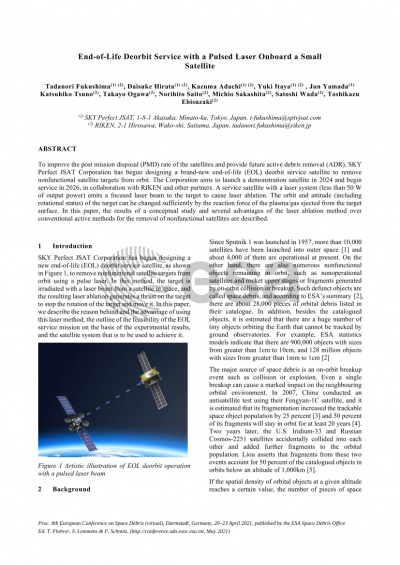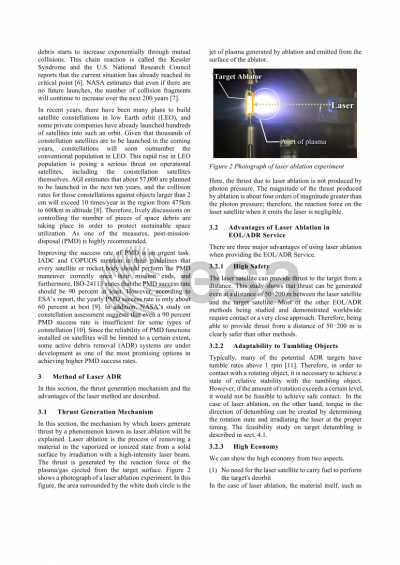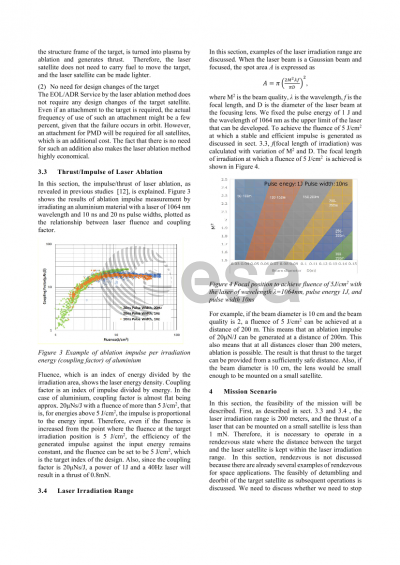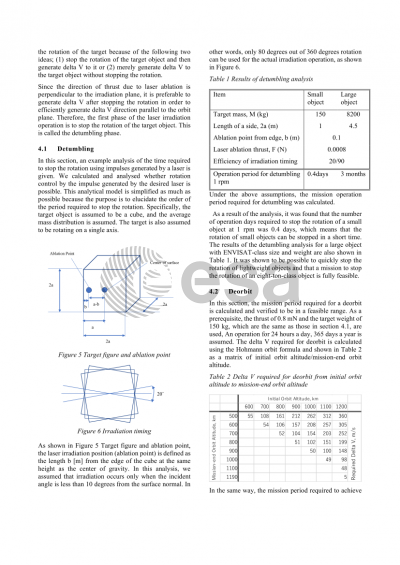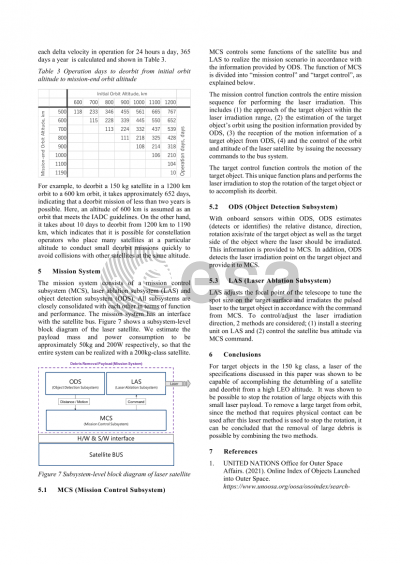Document details

Abstract
The number of space objects has been increased year by year since the launch of the Sputnik in 1957. In recent years, there have been many plans to build constellation in the low earth orbit, and some have already begun to be built. The number of satellites that make up these constellations is much greater than the number of space objects that humankind has placed in outer space. Therefore, lively discussions on the control of the number of space debris are taking place in order to protect sustainable space utilization. As one of the countermeasures for the control the number of space debris, post mission disposal (PMD) and removing high risk space object (active debris removal: ADR) are highly important. Generally, satellites and missions are designed to comply with international guideline, however, because PMD rate is necessary to be improved in consideration of sudden satellite failure on specific constellation at least, it seems that any backup deorbit function is also becoming necessary.
In order to improve PMD rate and provide future ADR, SKY Perfect JSAT Corporation has begun designing a brand-new end-of-life (EOL) deorbit service satellite to remove nonfunctional satellite targets from orbit. The Corporation aims to launch a demonstration satellite in 2024 to start service in 2026, in collaboration with RIKEN and other partners. A service satellite with a laser system (less than 50 W of output power) emits a focused laser beam to the target to generate laser ablation. Laser ablation is the process of removing material as vaporized or ionized state from a solid surface by irradiating a material with a high-intensity laser beam. The orbit and attitude (including rotational status) of the target can be changed sufficiently by the reaction force of the plasma/gas ejected from the target surface. Ground experiments, including high-precision measurements of the ablation reaction and a feasibility study of the service satellite, were performed in collaboration with JSAT and RIKEN. We found four advantages of the laser ablation method over conventional active methods for the removal of nonfunctional satellites: (1) minimal risk of collision, since the laser satellite does not require any physical contact with the target; a high-intensity pulsed laser can ablate surface material of the target from a distance; (2) detumbling is also possible with proper timing thrust generation: in addition, our conceptual study showed that the time for detumbling is negligible compared with that for deorbit; (3) the service satellite is not required to carry additional fuel for the target because the required thrust is generated from vaporization and ionization of the target material; (4) additional specifications (e.g. a handle to capture ) for customer satellites are not necessary. Our experiments demonstrate that laser ablation generates strong enough thrust with adequate specific impulse on commonly used spacecraft materials such as aluminum alloy or CFRP. Our conceptual study shows that our service can deorbit a 150 kg target at an altitude of several hundred kilometers by means of a small laser satellite (~150 kg) and a total power payload of ~200 W. In this paper, we present the concept and provisional schedule of our EOL deorbit service.
Preview
